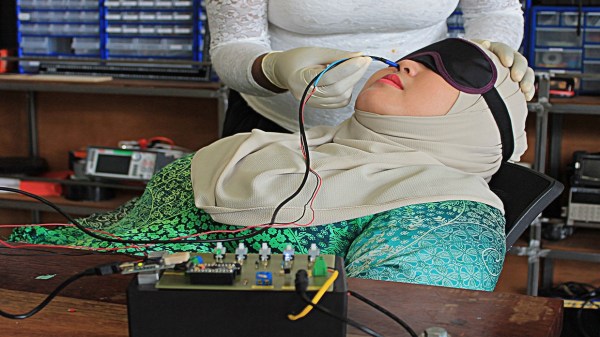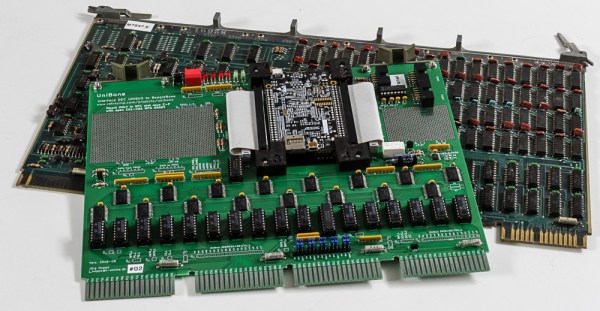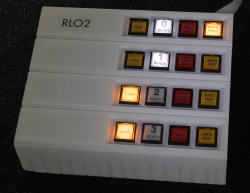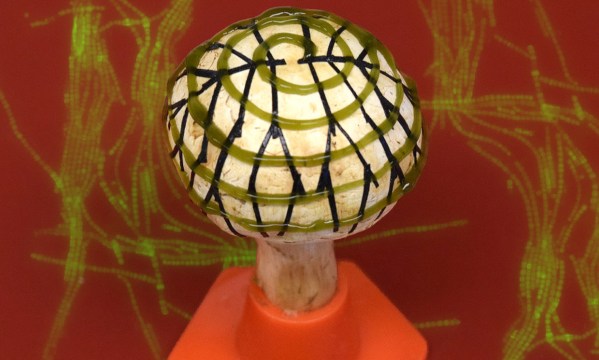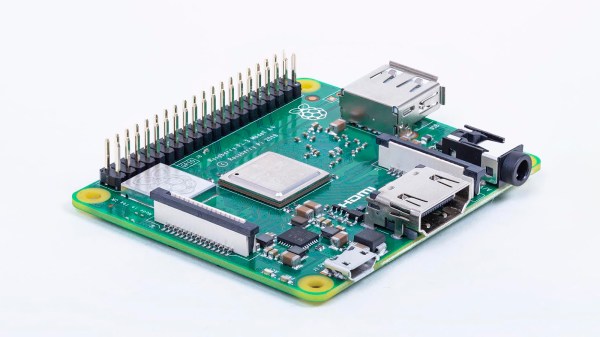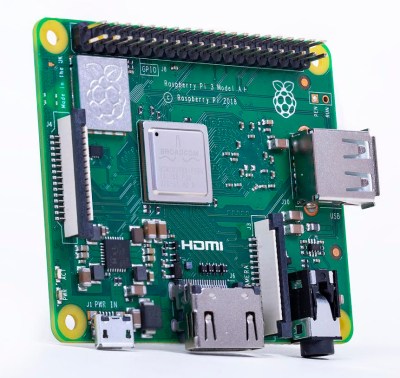Archer fans and residents of Louisiana will already be familiar with the concept of the airboat. Put a powerful engine running an aircraft prop on a flat-bottomed hull, and you’ve got an excellent way to traverse the marshes of the American South. While a fully-fledged airboat might run you the best part of $100,000, this no-frills radio-controlled version is great fun at a much lower price.
The hull is built on a sheet of foam, which is cheap, readily available, and suitably buoyant for the task. It’s then kitted out with a brushless motor to run the prop and a servo to control the rudder. Lace it up with a radio receiver and speed controller and you’re good to go.
The build could readily be completed in well under a couple of hours, and is a great one to tackle with kids due to its mechanical simplicity. There’s room for extra creativity too – you can always substitute a watermelon if you’re feeling peckish. Video after the break. Continue reading “Foam Airboat Is Cheap RC Fun”


